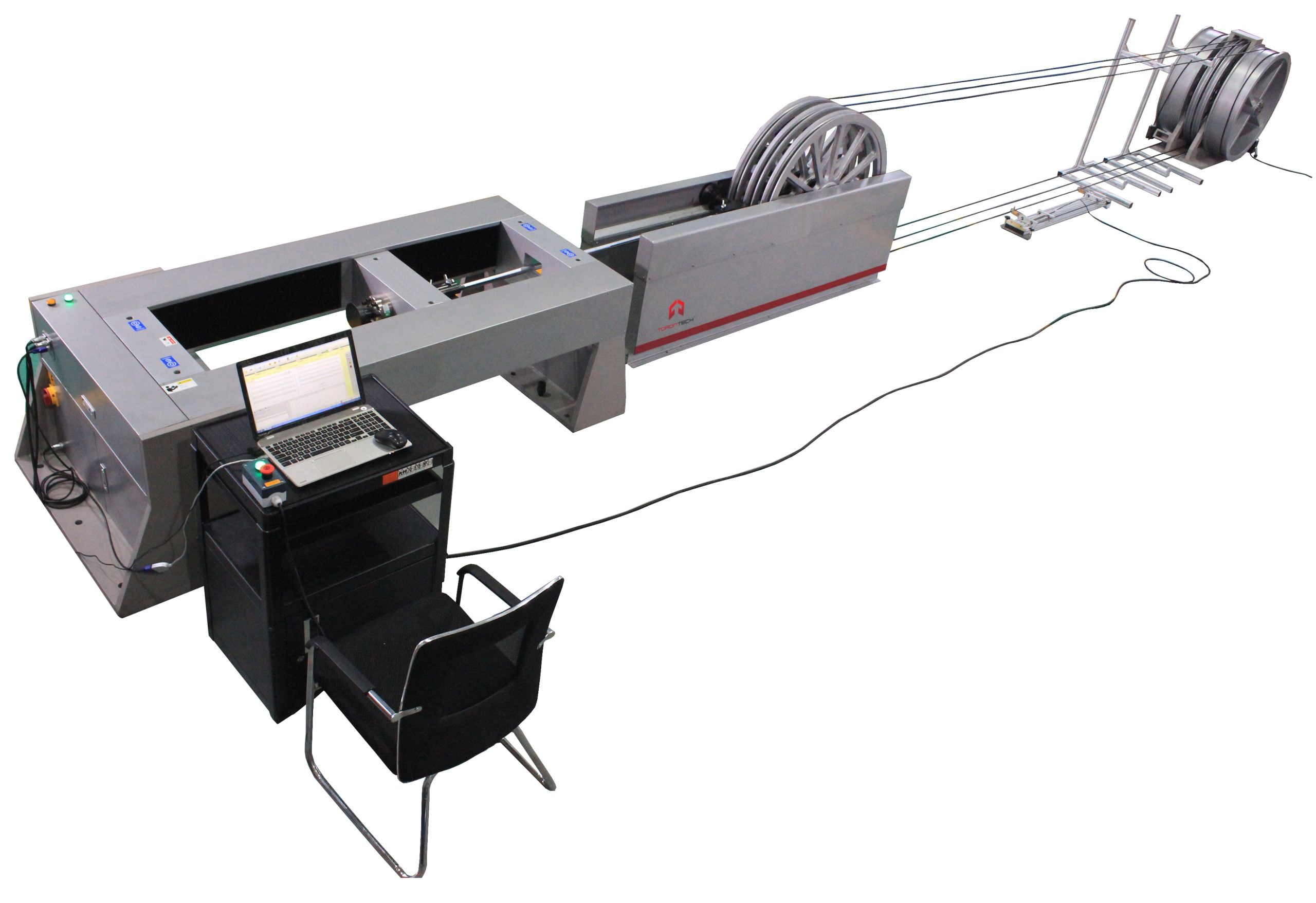Emerging innovations in robotic vision for factories
Wiki Article
All You Required to Understand About Robotic Vision and Its Applications in Advanced Optical Dimension Equipments
Robotic vision stands for a significant development in the junction of computer system vision, expert system, and artificial intelligence. This technology boosts the accuracy of optical dimension systems, allowing real-time information evaluation and improved quality assurance. Its effect covers numerous fields, from producing to healthcare. The evolving landscape of robot vision raises questions about future abilities and applications. What advancements lie ahead in this transformative area?Comprehending Robotic Vision: Secret Concepts and Technologies
Robotic vision encompasses the innovations and techniques that allow equipments to translate and comprehend visual information from their environment. This area integrates components of computer system vision, artificial knowledge, and artificial intelligence to promote computerized decision-making based on visual information. Key principles consist of picture handling, which involves the enhancement and evaluation of photos to draw out significant features, and object recognition, which enables equipments to determine and classify things within a scene.
The Combination of Robotic Vision With Optical Measurement Solutions
As industries increasingly require precision and effectiveness, the integration of robotic vision with optical measurement systems has become a transformative strategy. This synergy enables robots to perceive and translate their environments, enhancing the capability of optical dimension systems to analyze and analyze things with unparalleled precision. By outfitting optical sensing units with sophisticated imaging innovations, robot vision enables real-time information collection and handling, helping with immediate adjustments to measurement criteria.The combination equips automated systems to spot variations in dimensions, surface area quality, and alignment, which are critical in quality control procedures. Boosted algorithms, such as device understanding, more enhance this assimilation by enhancing the systems' capacity to adjust to different settings and situations. Consequently, the integration not only enhances dimension processes but also lessens errors, guaranteeing that items fulfill stringent market criteria, consequently strengthening the duty of robot vision in the future of optical dimension systems.
Applications of Robotic Vision in Manufacturing
In contemporary production environments, making use of vision systems has revolutionized production procedures by allowing equipments to execute jobs with exceptional accuracy and rate. Robotic vision systems are progressively employed for top quality control, where they evaluate products for defects and warranty adherence to specifications. These systems utilize cameras and progressed algorithms to assess items in real-time, considerably decreasing the threat of human error.In addition, robotic vision helps with automation in assembly lines, permitting robots to properly recognize parts and assemble them with marginal downtime. This modern technology also boosts supply monitoring, as vision systems can keep track of supply levels and discover discrepancies, guaranteeing a smooth supply chain.
Additionally, robotic vision aids in the application of smart manufacturing facilities, where data from vision systems can be integrated with various other modern technologies to enhance operations. On the whole, the applications of robot vision in producing show its important duty in enhancing effectiveness, high quality, and productivity across various fields
Robotic Vision in Medical Care: Reinventing Individual Care

In rehabilitation, robot vision help in monitoring person progression and tailoring treatment sessions to specific needs. It optical fibre diameter analyser supports physician by automating jobs such as information collection and patient surveillance, enabling more time to concentrate on straight patient interaction. Additionally, robot vision boosts telemedicine by making it possible for remote diagnosis and digital assessments, linking the gap in between individuals and doctor. In general, the application of robotic vision in healthcare is transforming person treatment, resulting in improved end results, efficiency, and patient fulfillment.
Future Trends and Growths in Robotic Vision Innovation
The quick evolution of robotic vision modern technology guarantees to additionally boost its applications across different sectors, consisting of healthcare. Future trends suggest a considerable change in the direction of including artificial intelligence and artificial intelligence, making it possible for systems to gain from large datasets and enhance accuracy with time. Enhanced sensing unit technologies and deep knowing formulas are anticipated to fine-tune things acknowledgment abilities, permitting robotics to interpret intricate settings better.
The integration of enhanced truth (AR) with robotic vision will likely revolutionize how robotics aid in medical treatments and diagnostics. This harmony will assist in real-time data visualization, enhancing decision-making procedures. Additionally, miniaturization of components will cause more compact and functional robot vision systems suitable for a range of jobs. As these advancements unfold, industries will certainly witness enhanced automation and efficiency, solidifying robotic vision as a keystone of ingenious technological services.
Often Asked Questions
What Are the Key Components of a Robot Vision System?
The major elements of a robotic vision system include cams for photo capture, processors for data analysis, algorithms for interpretation, and actuators for movement. Together, these aspects enable robotics to view and connect with their setting effectively.How Does Robotic Vision Improve Precision in Measurements?
Robotic vision improves measurement precision by using sophisticated imaging innovations, allowing specific item detection and spatial evaluation. This capability decreases human error, boosts repeatability, and permits real-time modifications, inevitably boosting general dimension reliability and effectiveness.What Industries Advantage Most From Robotic Vision Innovation?
Different industries profit significantly from robotic vision modern technology, consisting of production, health care, farming, and logistics. These sectors utilize boosted accuracy, effectiveness, and automation, leading to boosted performance and lowered operational expenses in their particular processes.Can Robotic Vision Solutions Operate In Low-Light Issues?
Robotic vision systems can undoubtedly work in low-light problems, making use of innovative sensing units and algorithms to enhance image clarity. This capacity allows them to perform effectively in various environments, consisting of commercial and surveillance applications, despite having marginal illumination.What Are the Prices Connected With Carrying Out Robotic Vision?
The prices associated with executing robot vision differ significantly, influenced by parts such as video cameras, software program, and assimilation. Added expenditures include maintenance, training workers, and potential upgrades to existing systems, which can gather in time.Report this wiki page